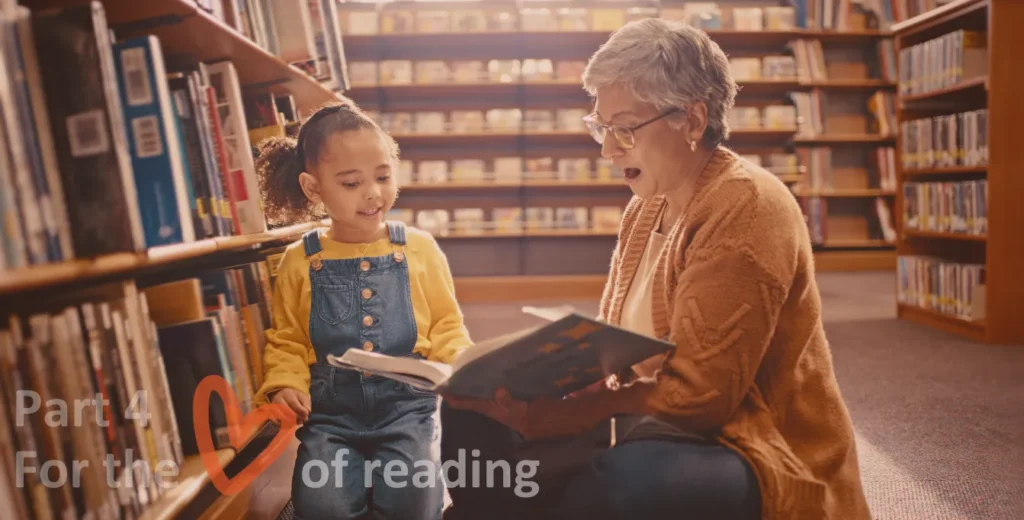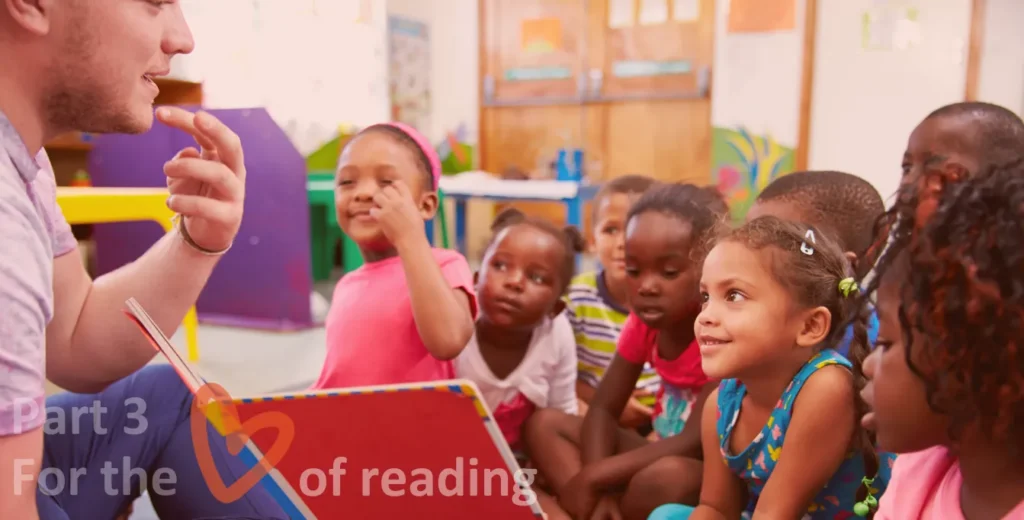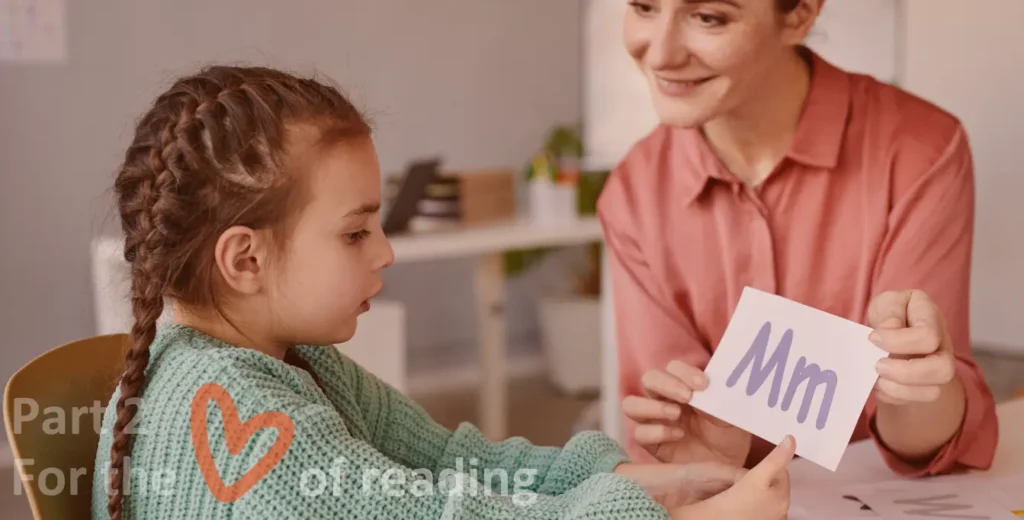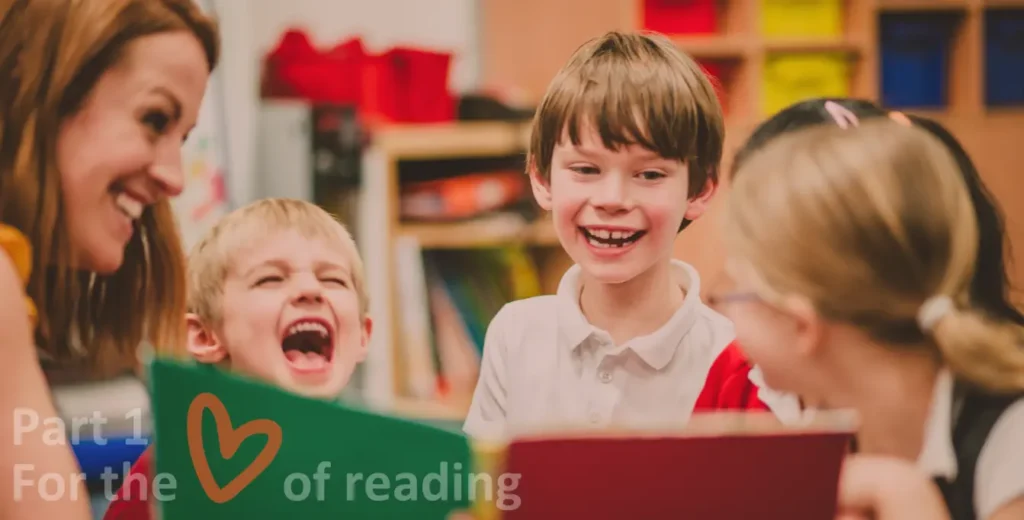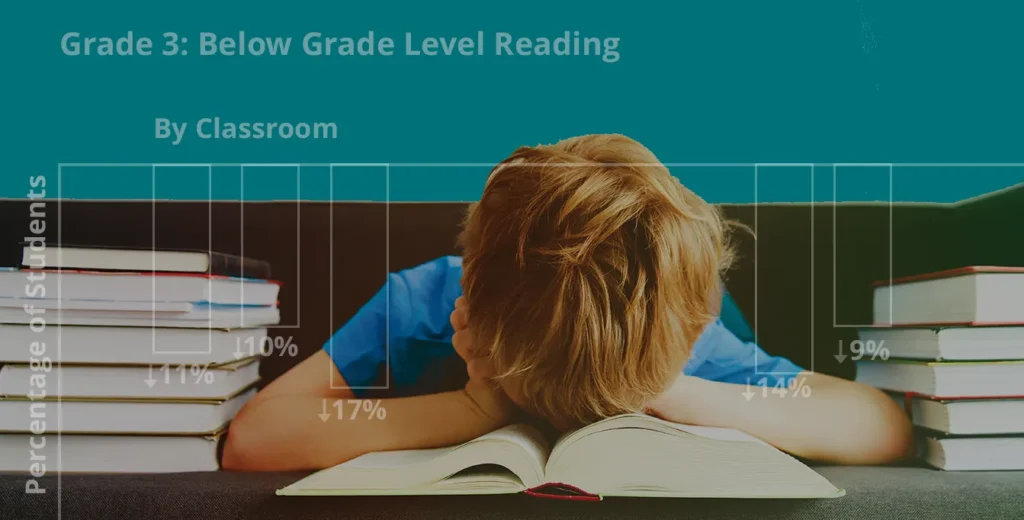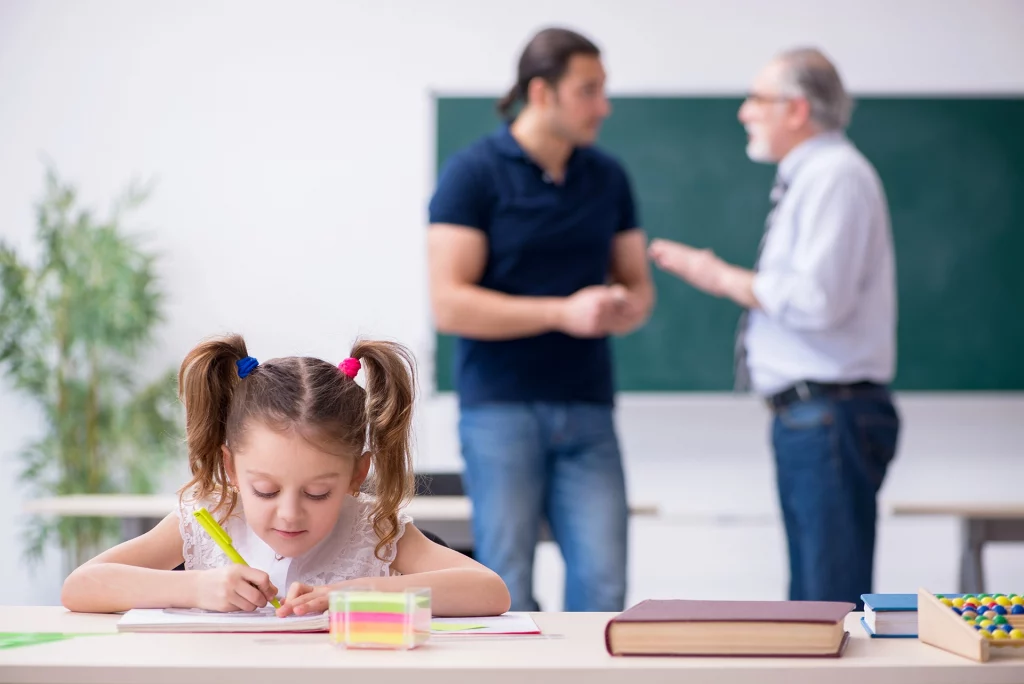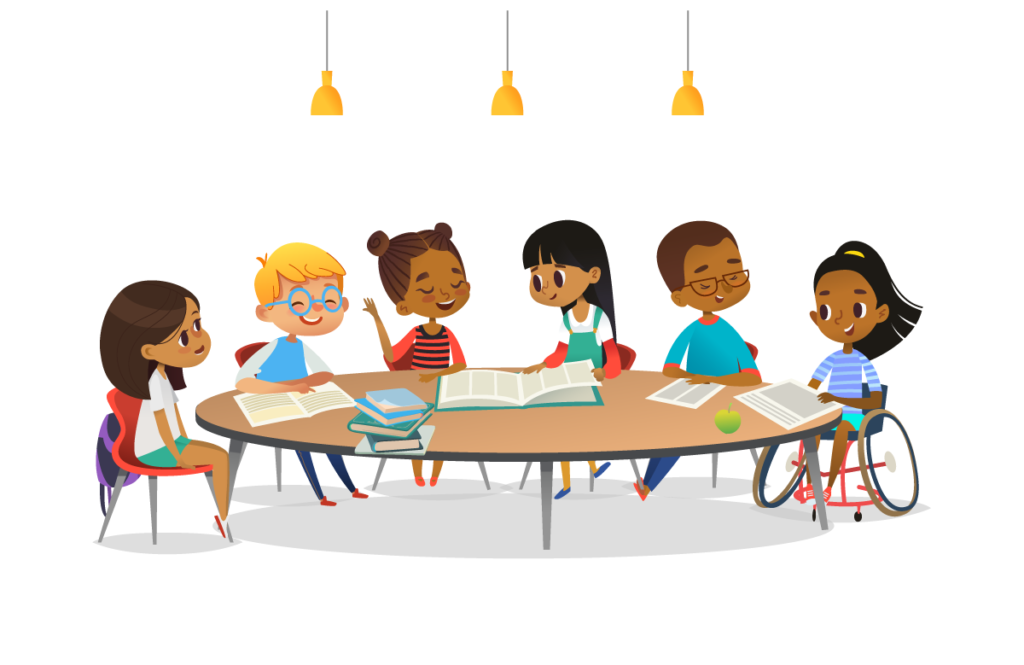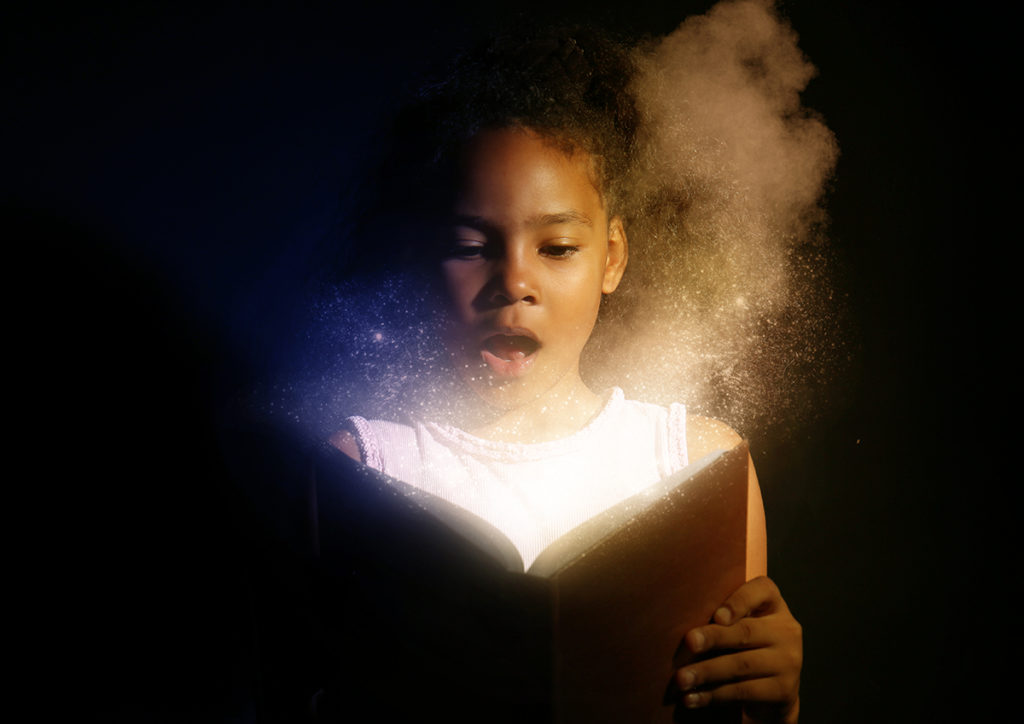Maximize Literacy in 2024: Find What’s Missing from the Science of Reading in Elementary Education
Setting the stage: A critical look at your fall literacy benchmark data As November winds down, it’s time to turn your attention to the success of the Science of Reading in elementary education. It’s time to look critically at your upcoming fall benchmarking data. These figures are more than mere statistics; they measure the effectiveness […]


